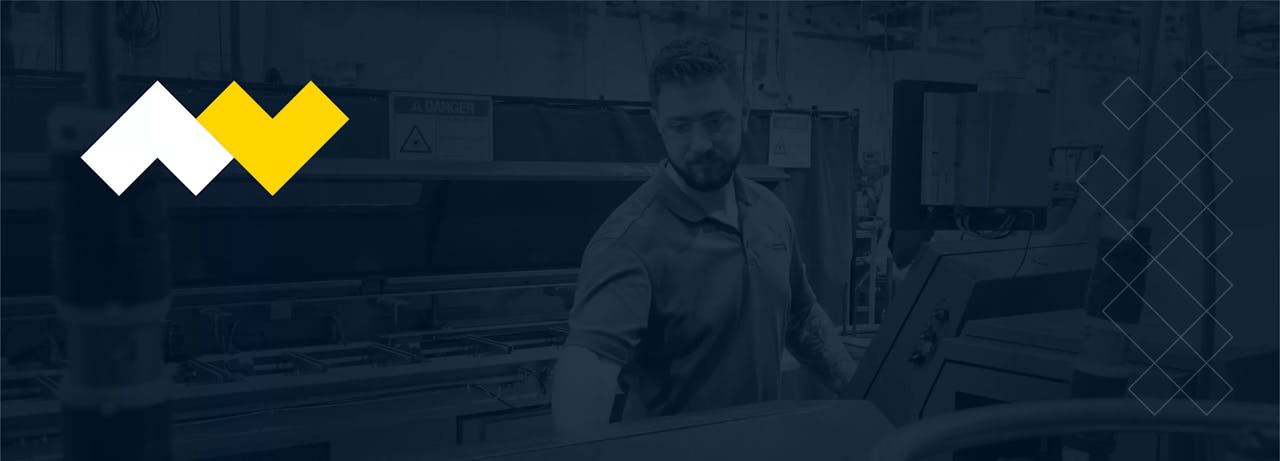Bellows Design Factors

12 Key Factors in Bellows Design
The following items are 12 key ingredients in defining custom bellows. Each must be specified before the design can be established. Be advised that the information provided here is only a guide, not an exhaustive design manual. Contact MW's engineering department for a review of your requirements prior to finalizing your design.
- 1. Stress Modes: Specify extension, compression, bending, swiveling, parallel-end offset, torque, and speed of rotation. Provide a drawing or sketch showing extremes of flexing where possible.
- 2. Quantify Flexing: Specify the maximum amount of stroke (axial compression or extension) and offset in inches, or bend angle in degrees, or by dimensions on a diagram.
- 3. Pressure Differential: Specify the pressure difference between the inside and outside of the bellows, maximum instantaneous pressure, and whether higher pressure is applied inside or outside the bellows.
- 4. Rigid Stops: Specify whether rigid stops will limit the extension or compression of the bellows to its rated stroke, or if the bellows will be required to withstand pressure unrestrained. Note that a restrained bellows usually provides
better performance because it will continually operate within the design parameters.
- 5. Spring Rate: Specify the required spring rate in pounds per inch, or conversely, the amount of force available to flex the bellows the desired amount.
- 6. Life Cycles: Specify the required useful life of the bellows, expressed as the number of flexing cycles. Define the flexing cycle.
- 7. Temperature Extremes: Upper and lower extremes of temperature should be indicated.
- 8. Exposure: Indicate the media (liquid and/or gas) to which the internal end external surfaces of the bellows will be exposed. Identify any potentially corrosive conditions or agents.
- 9. Assembly Method: The method to be used to join the bellows to end fittings, such as soldering, brazing, welding, cementing, should be specified.
- 10. Vibration: Specify vibration or shock conditions that the bellows will experience.
- 11. End Configuration: Specify types and lengths of the bellows ends. Refer to the figure, Types of Bellows Ends. “A” ends are most economical. Our stock bellows have two “A” ends. For more information on bellows ends, click here.
- 12. Geometric Constraints: Specify restrictions on the size of bellows, i.e. maximum O.D., minimum I.D., maximum overall length, etc.
Symbols
O — bellows outside diameter, in. *
I — bellows inside diameter, in. *
t — bellows nominal wall thickness, in.
N — number of active convolutions in the bellows
E — Young’s modulus. Ref. 23.35 x 106 for MW's electrodeposited nickel
S — maximum permissible bellows stroke, in.
s — maximum permissible stroke per convolution, in. n– length of one convolution (pitch), in. *
L — bellows convolution length
P — pressure (differential) rating, psi
A — angle subtended by bellows bent in circular arc, degrees
R — bellows spring rate, #/in.
r — spring rate per convolution, #/in.
* There are limited ranges of tolerable values for the ID/OD ratio and pitch, based upon production factors and bellows performance. Contact us for details.
Ready to Order?
Fill out our custom bellows design form to start your bellows order.